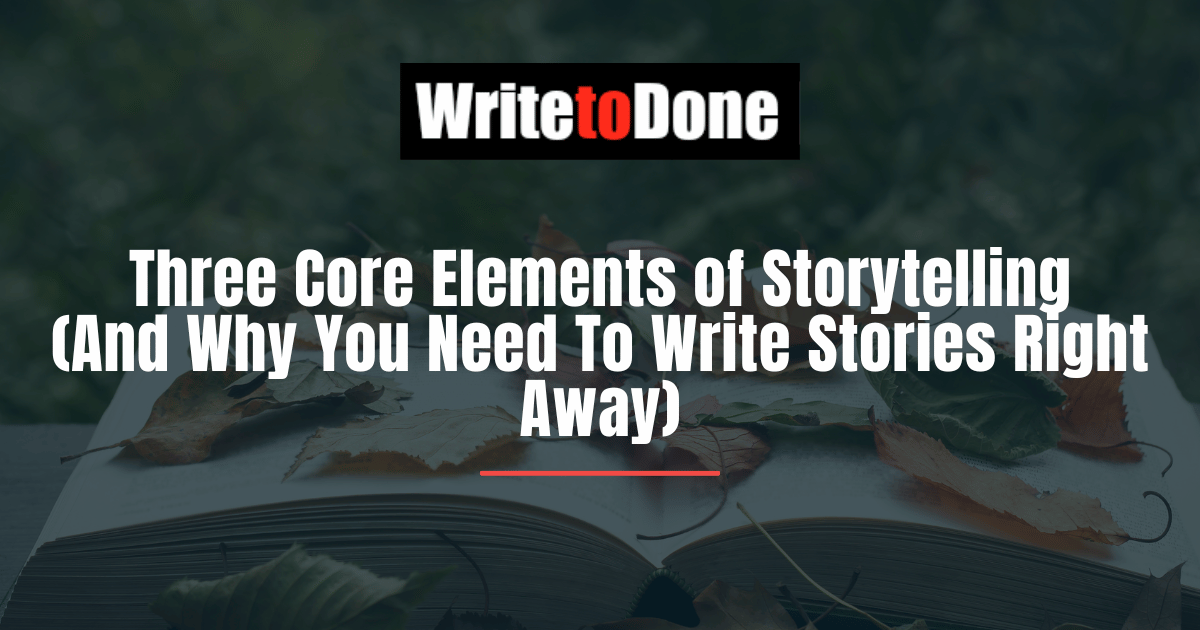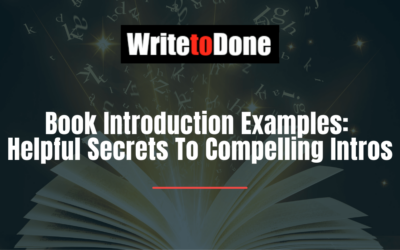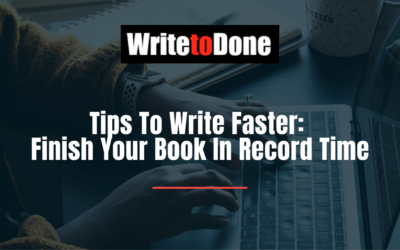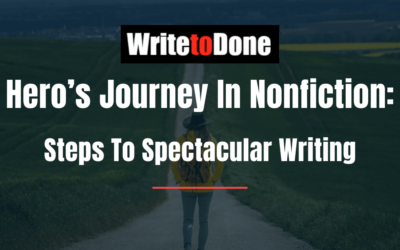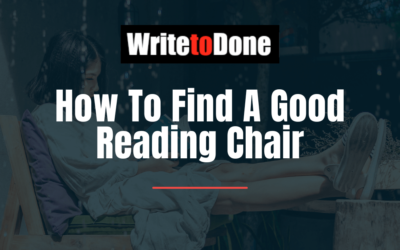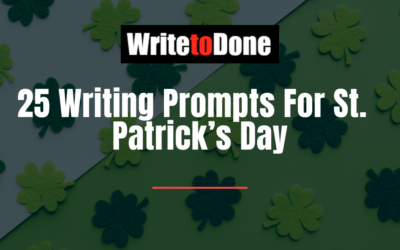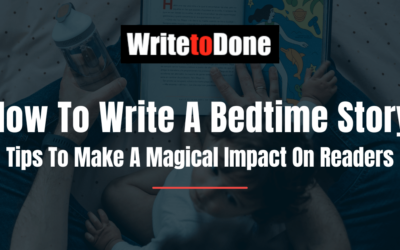Think of a story.
Any story.
Maybe just Cinderella, for instance.
What does it bring up right away to your mind?
1) Sequence
2) Suspense and
3) The roller coaster
Stories are like magic lamps. They have a sequence, there’s suspense and sure to be a roller coaster.
So if we examine Cinderella’s story we see:
1) There’s the sequence of the daughter who is mistreated and made to work in the kitchen.
The other daughters romp about doing what spoiled daughters do. And they fancy their chances with the prince. But things don’t go their way, and in turn, Cindy manages to get a fairy godmother. And blah, blah, blah.
And there’s a sequence of events each building into each other. But a good story must have some drama, some suspense.
2) The suspense
Suspense follows us all around the storyline. Cinderella’s mother dies and she’s doomed to sleeping near the fireplace (which is how she gets the name, Cinderella). But then the godmother appears from the blue—and suspense builds up—because now Cinderella has a chance like everyone else. Will she make it? Won’t she? She does. And then just as Cindy’s hitting it off with the Prince, the clock goes nuts and her life is miserable once more. What on earth is happening? What’s with this girl? Is she just going to be a loser? Yup, that’s all suspense.
3) Then there’s the roller coaster
Good times, then bad. Then good, then bad. Your story doesn’t have to swing wildly, but it helps to have contrast, because contrast changes the pace of the story. So just as things are really yucky, along comes the knight in shining armour. Or just as things are looking great, an avian flu threatens to kill the entire population. Cinderella’s fortunes seem to bounce up and down, which keeps the interest in the story.
Now let’s head to your story…
Every story you write tends to have sequence, because without sequence a story has no meaning. But suspense? You have to insert a certain amount of suspense. It’s always there in your story, but when you insert a ‘what the heck is happening’ factor, you instantly build suspense. And finally the roller coaster. If your story has been coasting with the fairies for a while, then it’s time to bring out the ogres—and vice versa.
And there are reasons why this storytelling is important:
1) Most writers are unable to capture the core elements of a story. Even if they do get the sequence right, they rarely build in suspense or the roller coaster. That’s because they aren’t aware of these elements, or just don’t know how to go about it. But you, you can practice and get a lot better.
2) Most articles are almost always how-to or reporter-like. This means that your articles automatically stand out when compared to millions of other articles on the Internet. And because most writers avoid this story-telling, your articles are instantly more appealing—and different.
Does it just have to be a story or can you have a case-study?
Case studies also have the same three elements, but you still have to work in the suspense and the roller coaster. The key factor is to realise that you’re already off to a brilliant start with a story because you have the advantage of sequence. And with a bit of practice, suspense and the roller coaster will become part of your case-study (or story-telling).
Kids sit at rapt attention when listening to the story of Cinderella
No matter how many times you tell the story, they’re keen as mustard to hear it again. Now you know why. And you can take the same elements and use it in your articles.
And then everyone who reads it will have that same mustardy-feeling too.
Sean D’Souza is a writer, marketing guru and expert on sales psychology. To read more articles by Sean, and get a very useful free report on “Why Headlines Fail”, go to PsychoTactics.com

